In line with World Stroke Day on October 29, a conference-debate was held at the CCISM on this often too neglected pathology.
On the initiative of Doctor Blaise Bartoli, the conference-debate on strokes was led by Doctors Landais and Woga from the team of the neurovascular unit of the Center Hospitalier Universitaire de la Guadeloupe. Open to health professionals and the public, the action aimed to provide detailed information on the signs of stroke and its management. A stroke occurs when blood flow to or within the brain is interrupted by a clogged blood vessel, the attack is then called ischemic stroke, the most common case. If a blood vessel is ruptured, we speak of hemorrhagic stroke, with less than 15% of cases. 75% of patients surviving a stroke have sequelae. With an incidence rate doubling every 10 years after age 55, 15% of strokes occur in people under 50, 25% in people under 65 and more than 50% in people aged 75 and over. There are many risk factors: high blood pressure, diabetes, hypercholesterolemia, obesity, physical inactivity, smoking, alcohol, sleep apnea, the pill and hormonal treatments. The signs of a stroke appear suddenly: loss of sensitivity or paralysis of the face, arm, leg, one side of the body, loss of speech, speech or comprehension problems, decrease or loss of vision in one eye, balance disorders and intense migraines. Brain imaging is the only examination that makes a clear diagnosis. In Saint-Martin, in 98,5% of cases, the neurologist intervened: 51% of patients underwent magnetic resonance imaging (MRI), 48% a CT scan and 13,6% were treated by intravenous thrombolysis in order to dissolve the clot. Stroke is an absolute medical emergency that can cause irreversible brain damage. In case of suspected stroke, contact 15 because every minute counts. _VX
8,795 total views
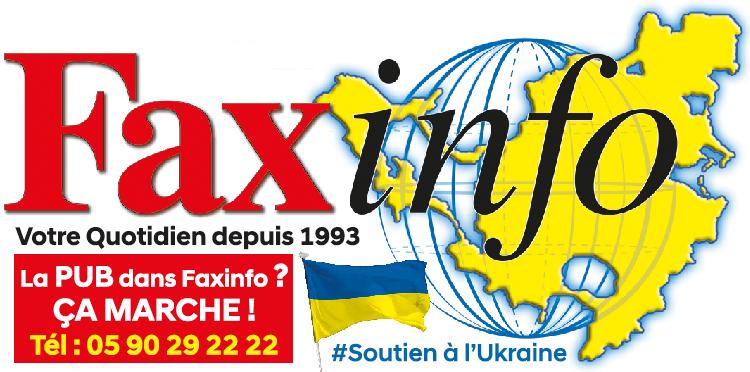
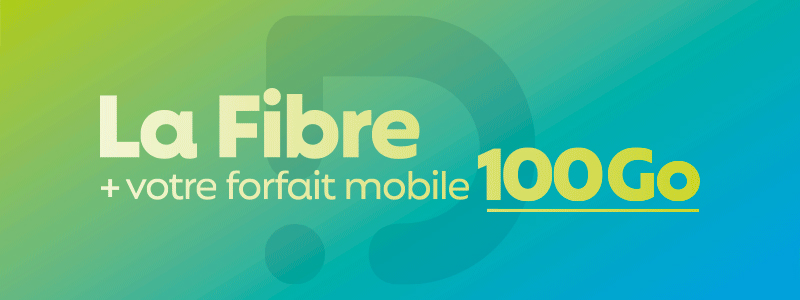
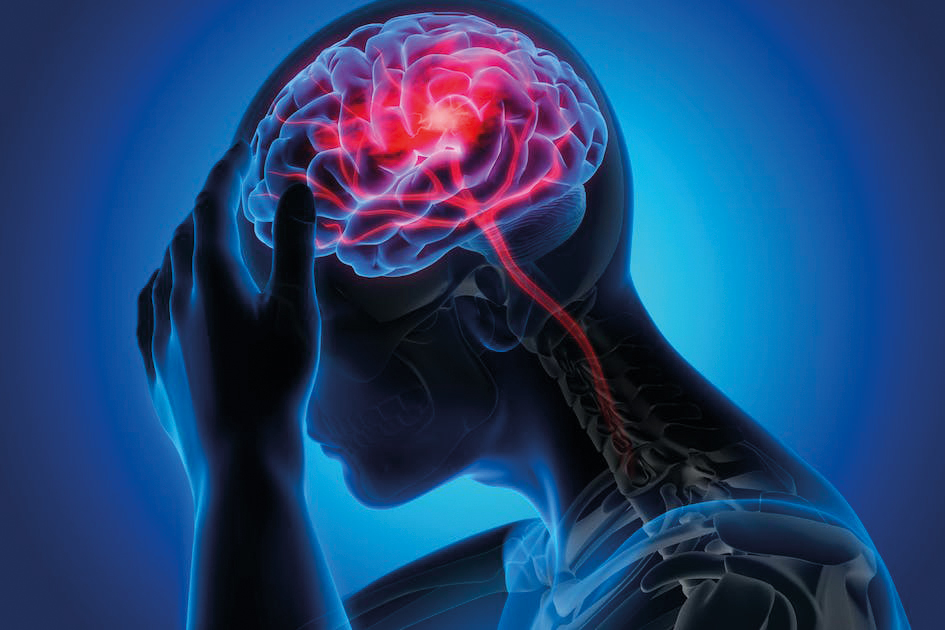


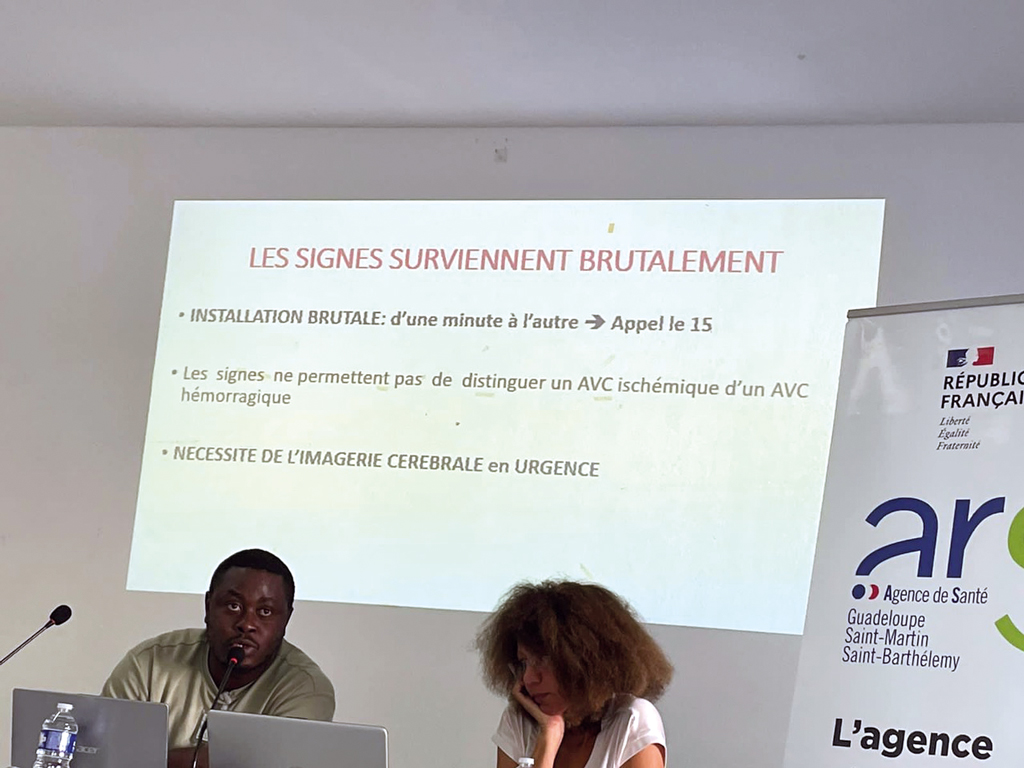
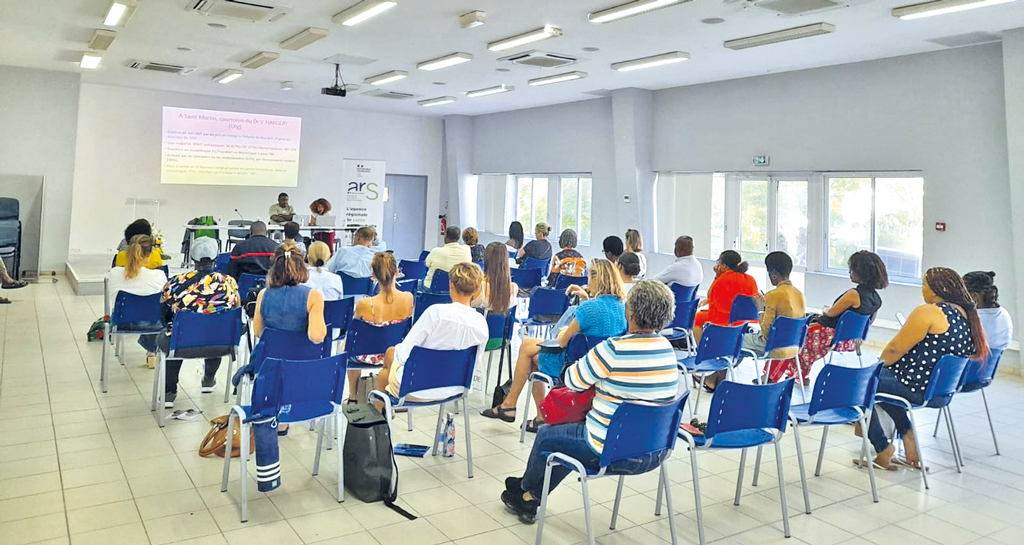







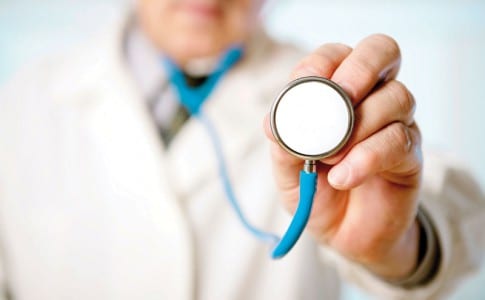

No comments